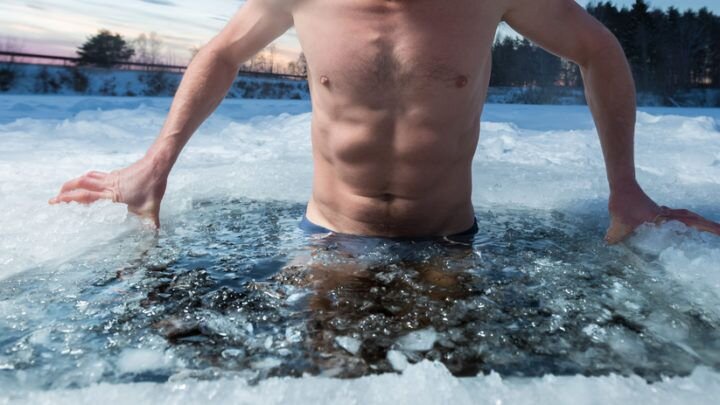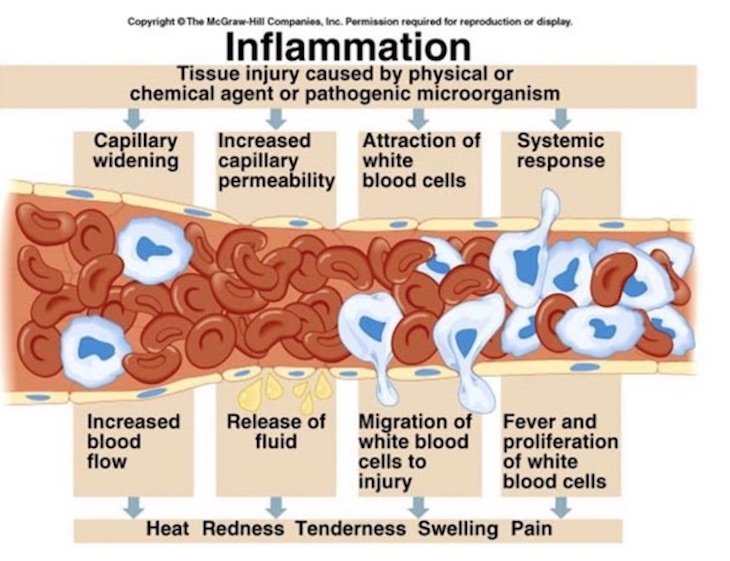
For as long as most of us can remember we have been told the same words when looking to recover from an injury. Rest, Ice, Compression, and Elevation (RICE) is without a doubt the most well-known acronym in sports medicine. Did you roll your ankle? RICE. Tweak your hamstring? RICE. Have a hangnail? You get the point. Not many of us have questioned the advice given from doctors and medical professionals, but it turns out that by following the process of rest, ice, compress, and elevate we are actually blunting the healing process and delaying our return from injury.
In 1978, legendary sports doctor Gabe Mirkin, M.D., coined RICE in his bestseller, The Sports Medicine Book. Since this time, it has become a household term used by elite athletes, average Joe’s, and everyone in between.
Along with rest, icing slows the healing process as it causes blood vessels in the injured area to constrict and shut off the blood flow that brings in the healing inflammatory cells. Furthermore, research has shown that icing after training leads to increased levels of catabolic hormones, which break down protein and muscle. Dr. Mirkin himself has even publicly retracted his support of his own RICE method as more recent research has shown anything delaying inflammation will delay healing. While swelling may go down and the analgesic effect is real, the body’s natural healing process can actually be delayed.
Instead of rest, a more efficient road to recovery actually requires movement. It is possible to roll your ankle and follow with ice and rest only to wake up the following day to a swollen, stiff, and extremely painful joint.
It’s only when you start to move around during the day that it starts to feel better. This anecdotal evidence should be enough, but luckily research has helped validate this. Return-from-injury timelines have been able to be shortened dramatically by using movement to encourage the body’s natural healing process instead of simply immobilizing and resting. ACL rehabilitation protocols have changed and are continuing to change, with almost immediate training/movement happening post-injury. Even when this delays surgery it helps to improve overall patient outcomes and reduce time lost. Just days post ACL surgery PTs and ATCs are now working to restore full extension. How? Using MOVEMENT!

Today, elite athletes and fitness advocates are having success moving the day after serious trauma to the body. Controlled range of motion (ROM), or isometrics with gradual progressions are speeding up recovery at rapid rates. It is important to remember movement for training in general, doesn’t always have to mean heavy squats and plyometrics to illicit a desired effect. Active (and even some passive) movement will expedite the body’s natural healing process. As smart as we are… the human body is smarter.
Movement. The fastest way to recover. Here is a new an improved RICE:
RELAX: To improve psychological state (float tank, massage, sauna).
ISOMETRICS: To align muscle fibers.
COMPRESSION: To decrease swelling.
EXERCISE: To keep moving (light walking or cycling).
Specifically isometric movements that involve the static contraction of a muscle without any visible movement of the joints, such as wall sits or forearm planks.
Ultimately, training early after injury is a vital step in a speedy recovery whether it’s a minor setback, or major operation. Utilizing partial ROM, mobilizing the affected joints, and continuing to build work capacity through limited rest times is key in returning at a faster rate. On top of that, the psychological benefits of training create a more positive mindset than sitting on the couch thinking about when it will all be over.
Broatch, J.R., Petersen, A. & Bishop, D.J. The Influence of Post-Exercise Cold-Water Immersion on Adaptive Responses to Exercise: A Review of the Literature. Sports Med 48, 1369–1387 (2018). https://doi.org/10.1007/s40279-018-0910-8
Fuchs, Cas J et al. “Postexercise cooling impairs muscle protein synthesis rates in recreational athletes.” The Journal of physiology vol. 598,4 (2020): 755-772. doi:10.1113/JP278996